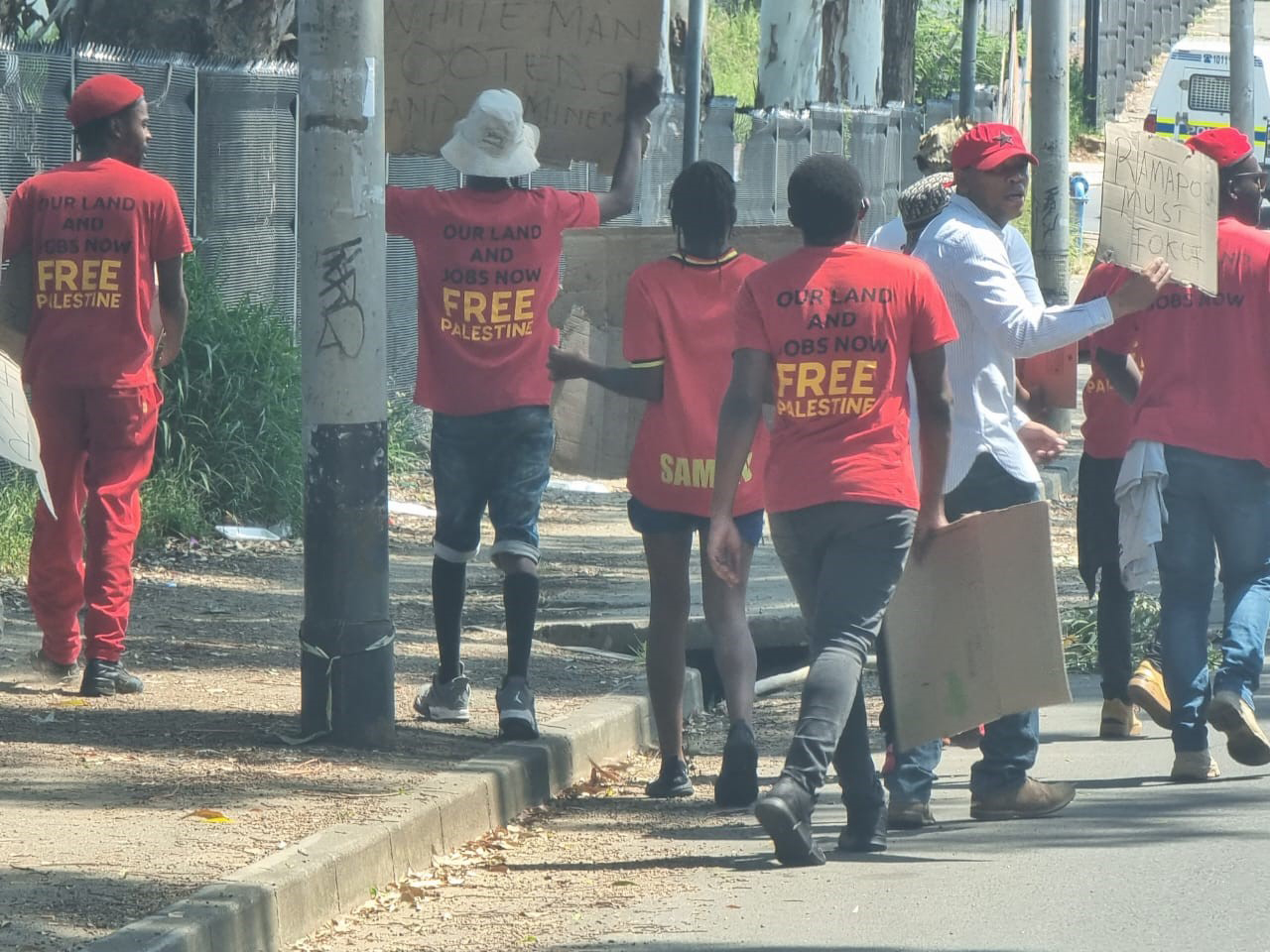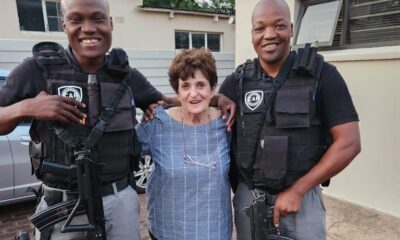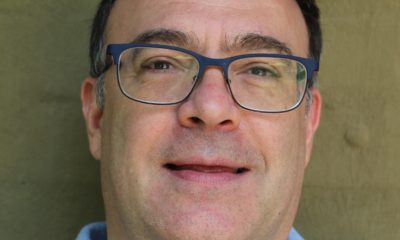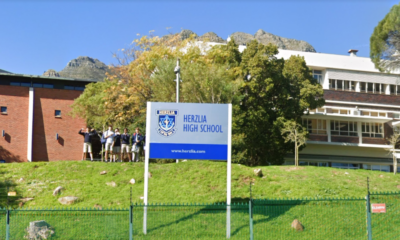
Banner

Meticulous planning puts paid to EFF violence
When Dean Immermann, the chief security officer of Community Active Protection (CAP), hugged his wife goodbye early on the evening of Sunday, 19 March, she had a vague idea of some of the risks he faced.
She knew that he was about to start one of the longest security shifts of his working life in anticipation of the much-hyped Economic Freedom Fighters (EFF) planned nationwide shutdown the next day.
Exactly how things would turn out was anybody’s guess. She could only hope and pray that things would run smoothly, and he’d return home unscathed.
It turns out the protest was largely peaceful, with sporadic and short-lived incidents of unrest, which were swiftly dealt with.
However, it was all hands on deck for police and security personnel, with massive collaboration across multiple clusters and a show of force on the streets and behind the scenes.
Immermann, whose team was supplemented with 100 additional professional operational members and had about 140 CAP vehicles on the road, remained on duty for a 30-hour deployment, which cost in the region of R700 000 to R1 million. The organisation fulfilled a vital role in helping to protect the community from any eventuality should the EFF protests turn violent or things spiral out of control.
“Planning for this day took place weeks before,” he said. “We planned meticulously for any scenario.” The dreaded shutdown, which called for an end to load shedding and for President Cyril Ramaphosa to step down, conjured visions of the devastating July 2021 riots.
CAP cautioned against falling prey to fear mongering and fake, unverified information, and urged community members and all stakeholders to remain calm and continue with their day, remaining alert and well informed. Cognisant of the EFF’s right to protest, the organisation was also mindful of people’s right to work. For updates, the organisation provided a live map outlining areas of activity.
“It was hard to predict considering the limited information available. We made sure we had the ability to lock down a multitude of areas concurrently and bolster security if needed,” he said. “We had drones on standby and canine capability as well as armoured personnel carriers with deployable barriers.”
Planning for a doomsday scenario, he said, “included the procurement of thousands of litres of fuel and water and electricity supply as well as making plans for scarcity of food and shelter should there be an infrastructure collapse, including plans for effective communication should network towers go down”.
“My role on the day was to roam around CAP areas and report to the specially set up Joint Operations Command [JOC], which would then verify information and relay it to ground teams and to the South African Police Service and other security and law-enforcement agencies.
“I was in the thick of things, the eyes and ears on the ground, helping to provide information to the JOC, which would then notify all policing and security structures,” he said. “The risk of an escalation in tension leading to violence remained high.
“I was at the Grayston Shopping Centre when a small group of protesters began to intimidate shoppers, clearly in violation of an earlier court interdict.”
Police acted swiftly to make arrests and quell the situation, Immermann said.
“We had an overwhelming presence with an additional 40 vehicles over and above our routine fleet, and relied on intelligence-driven deployment to various areas in collaboration with the JMPD [Johannesburg Metropolitan Police Department] and security covering CAP’s operational footprint, which includes hundreds of thousands of people.
“We confirmed a large group of protesters of about 2 000 to 3 000 which was heading towards the Sandton central business district and alerted people to avoid Grayston Drive and Katherine Street. They crossed the M1 bridge on Grayston Drive. Protesters stayed for a while outside the Michelangelo [Hotel]. There was no unrest or illegal activity and it remained peaceful,” he said.
Ari Markus, a volunteer security guard from a different company, said he and colleagues had driven through the night patrolling numerous areas in the Norwood policing district, including Orange Grove, Balfour Park, and Louis Botha Avenue.
“Earlier on Sunday, we removed tyres stashed away in bushes and on pavements, and cleared concrete rubbish bins in the street,” he said.
“At one point on Monday, there were thousands of protesters on the Grayston Drive bridge, but it was peaceful, people marched alongside vehicles. We went in expecting the worst hoping for the best, and in the end, we got what we hoped for. Safety and security were our goals, and they were achieved,” he said.
According to the National Joint Operational and Intelligence Structure (Natjoints), more than 550 protesters were arrested for amongst other things public violence, intimidation, damage to critical infrastructure, theft, and attempted looting. A little less than 25 000 tyres were confiscated during the national planned action, strategically placed “for acts of criminality”, according to Natjoints.
Of those arrested, Gauteng recorded the highest number with 149.
Natjoints spokesperson Brigadier Athlenda Mathe commended “the swift response by members of the South African Police Service and other law-enforcement agencies to pockets of opportunistic criminality”.
“The secondary support role of the South African National Defence Force in assisting the work of the police by protecting critical infrastructure such as ports of entry, toll roads, and harbours has also yielded positive results.
“The role of private security in the sharing of resources and as a force multiplier on the ground also played a major role in ensuring that law-enforcement visibility was heightened.”
Mathe also thanked community police forums, neighbourhood watches, and other community groups which supported law-enforcement authorities.
Natjoints further commended the transport sector, especially the South African National Taxi Council and National Taxi Alliance.
“This was a victory not only for law enforcement but for the country. Everyone pulled together and collaborated, which should instil optimism across communities that we’ve got this. It was a peaceful protest.”
Though the risks of any shift “comes with the territory”, Immermann said he made sure to check in with his wife and family regularly, and admitted to being exhausted at the end of the long day.










